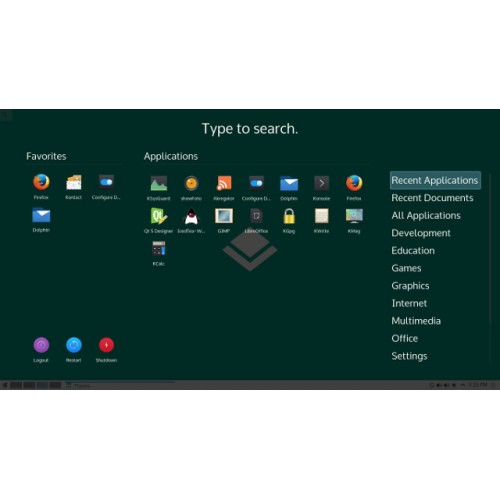

- #Opensuse leap download 32 bit how to#
- #Opensuse leap download 32 bit install#
- #Opensuse leap download 32 bit 64 Bit#
- #Opensuse leap download 32 bit 32 bit#
Adjust the partition based on your needs, or use the easy button and just let the guided setup make it happen. I prefer a slightly larger swap space (sized to be at least the same amount as available RAM memory).

#Opensuse leap download 32 bit install#
The install tool for openSUSE is pretty straight forward. Often you might have a second laptop that is a few years old. My recommendation is to give Linux a whirl on a machine that is not your primary system and always back up your data first. It works quite nicely and having an issue with it is quite unlikely. OpenSUSE does support UEFI Secure Boot, so disabling Secure Boot is not necessary. A good article to read on newer systems with UEFI booting (Windows), check this article out. Now would be a good time to decide if you are going to jump with both feet into the Linux world or if you are going to have a dual boot system into Windows or Mac. On my Dell machines, I press F8 to get into the BIOS to make my changes. You should hopefully find what information you need from that. Web search (using DuckDuckGo, Google or Yahoo or whatever engine you like best) your computer’s make, model name or number and “boot from USB”.
#Opensuse leap download 32 bit how to#
You will have to research how to change your boot order on your computer. The next trick is getting your computer to boot from the USB drive. Packages for Linux from the Open Build Service Instructions to install the Windows version. I would recommend you get at least an 8GB USB flash drive for this purpose, especially if you are going to use the DVD installation media. Writing the Image to USB Drive Use SUSE Studio Image Writer program as outlined on this page I prefer the larger DVD but that is because I am stuck in my old ways and generally prefer an offline installation that doesn’t pull new packages down. Weather you choose the DVD installation or the Net install, they both work very well. No entering additional passwords and such. Updates just require clicking on the icon in the system tray (KDE Plasma) to get it rolling. Leap is especially easier to use for those that you happen to do “desktop support”. Tumbleweed arguably requires a little more effort by its users to ensure it is maintained properly. I personally recommend Leap for the typical user. Download the current version of Leap ISO or Tumbleweed ISO.
#Opensuse leap download 32 bit 64 Bit#
64 Bit Machines have the option of Leap or Tumbleweed.
#Opensuse leap download 32 bit 32 bit#
If you have a 32 bit system, Tumbleweed is your only option. DownloadĪ good place to start is to download the operating system for you system. Not everyone will agree with these and that is fine. I am going to give my version of that and to make sure that it is clear, these are my recommendations. openSUSE installation instructions Portal page The full instructions are here for your reference. My preferred installation method is using the USB flash drive with the install ISO on it. For someone new coming to Linux, it might be overwhelming so I am breaking the instructions down to wserverhat works very well for me. There is a lot of really good information. The official documentation for installing openSUSE is well laid out on the wiki pages.


 0 kommentar(er)
0 kommentar(er)
